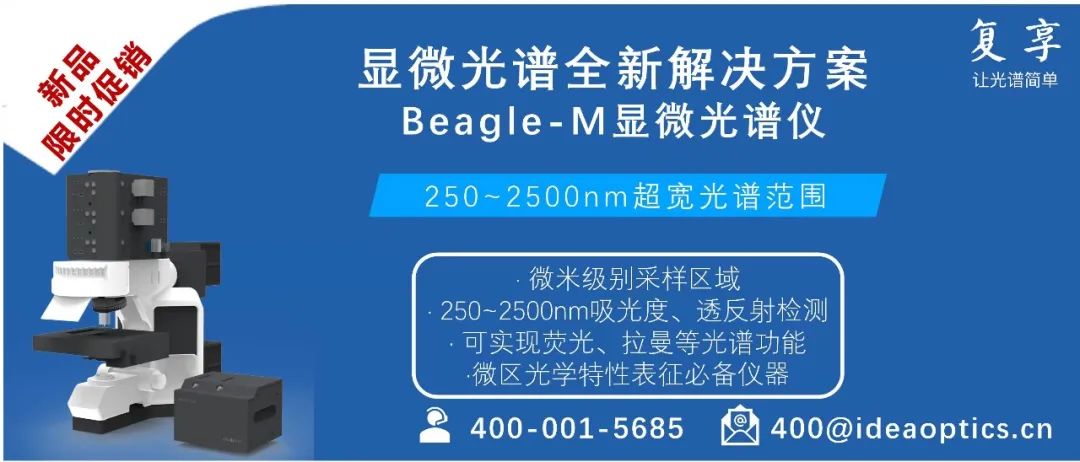
Alkali (lithium, sodium)-based secondary batteries are considered one of the best candidates for energy storage applications to achieve carbon neutrality using stochastic and intermittent renewable energy sources. Traditional lithium/sodium batteries with liquid organic electrolytes are prone to electrolyte leakage or even combustion, which hinders their large-scale and reliable applications. In recent years, all-solid electrolytes have been developed that are considered to have better safety. However, most of them have problems with low ion conductivity and large interfacial resistance to the electrodes. Ionic gel-electrolyte membranes composed of ionic liquids and solid matrix are of great interest for their non-volatile, non-flammable properties, and excellent chemical and electrochemical properties.
Professor Hu Xianluo of Huazhong University of Science and Technology highlighted the latest advances in ionic gel electrolytes that have emerged with the demand and progress of safe lithium/sodium batteries. The authors discussed the ionic gel electrolyte membranes from the aspects of skeleton composition and preparation methods, and combined with their applications, they demonstrated their structure and properties, including ionic conductivity, mechanical strength, electrochemical stability, etc., in addition to the current challenges and insights into the future development of advanced and safe lithium/sodium batteries for ionic gel electrolytes.
Article Highlights:
1. The core property of the ionic gel electrolyte is ionic conductivity. Due to the obstructive effect of the solid skeleton on ion transport, the ionic conductivity of the ionic gel is considered to be inferior to that of pure ionic liquids. Therefore, the most direct way to obtain high ionic conductivity is to increase the mass load of encapsulated ionic liquids. It should be noted that ionic conductivity is mainly the inherent properties of the electrolyte of ionic liquids, such as its chemical structure, viscosity and concentration of salts. Therefore, ionic liquid chemistry will play an important role in the development of new high-ion conductivity ionic gel membrane electrolytes. On the other hand, the large surface area of the skeleton (physical) and the host-object interactions produced by various functional groups (chemistry) also provide unlimited opportunities for improving ionic conductivity.
2. Other properties of the ionic gel membrane electrolyte can be summarized comprehensively from three stability dimensions, including mechanical stability, electrochemical stability and thermal stability. Gelatinous substances have strong mechanical strength and shape flexibility compared to pure liquids. The ionic gel can resist repeated changes in strain stress between electrodes and inhibit the growth of lithium/sodium metal cells in the charge-discharge cycle. What's more, the high mechanical strength will ensure the integrity of the electrolyte, which can also act as a separator in the battery to prevent short circuits in the event of severe shock or deformation under abusive conditions. Shape flexibility can even give electrolytes self-healing, which is particularly valuable and desirable in battery applications in flexible electronic devices.
3. In order to obtain a higher energy density, the electrochemical stability window is a decisive factor, which is mainly affected by the oxidation and reduction potential of ionic liquids. Compared to commonly used organic liquid electrolytes, ionic liquids are more stable for high-voltage cathode materials. Compounds based on piperidine and pyrrolidine cations have been reported to have a higher oxidation potential than compounds based on imidazole cations. Therefore, piperidine and pyrrolidine-based ionic gel membrane electrolytes are more suitable for high-voltage batteries, but because imidazole-based ionic liquids are usually superior in their ionic conductivity and solubility of ionic salts, they play another compromise in terms of comprehensive performance.
4. Due to the high thermal stability and non-flammability of ionic liquids, their intrinsic safety makes the ionic gel membrane electrolyte an emerging candidate for high-temperature applications. The introduction of inorganic matrices will further improve the thermal stability of the electrolytes, and it has also been found that the physical capture of ionic liquid species by nanoscale frameworks also hinders their thermal decomposition.
5. At present, widely reported ionic gels are based on the direct gelatinization of ionic liquids of organic backbones by polymers. However, one should know that polymers are also polymerized by various low-molecular-low polymers that can be chemically designed and synthesized at the namibian and even sub-nanometer scales. The introduction of various chemical functional groups will lead to a variety of interactions, including ion dipoles, hydrogen bonds, π-π stacking, which may play a synergistic role in achieving the different electrochemical functions of the electrolyte. This is the same strategy for inorganic and hybrid networks with various surface finishes. What's more, from the perspective of macromolecules, the movement of polymer segments will have a significant impact on the phase transition and thermal stability of the ionic gel framework.
6. Although the ionic gel membrane electrolyte has aroused widespread interest, one of the main obstacles to be overcome before practical application is the high cost of raw materials, including ionic liquids and some main frames. A lot of efforts in laboratories and factories are moving towards cost-effective and easy mass production of ionic liquids. It has been reported that there are a variety of processing methods for manufacturing ionic gel electrolytes, among which inkjet printing is considered promising.
7. Recently, a wide variety of functional electrolytes have emerged, including stimulus-responsive electrolytes that respond to changes in temperature, mechanical force, voltage, light, and magnetism. Electrochromic electrolytes can visually display the energy storage status of the device. Self-healing electrolytes can repair damage to the battery, ensuring long-term operation and safety. However, most functional electrolytes are still based on laboratory proof-of-concept studies. It is highly expected that these features can be combined with the ionic gel electrolytes found in next-generation electronics.
Figure 1 Overview and advantages of ionic gel electrolytes
Figure 2 Ionic gel electrolyte based on inorganic backbone
Fig. 3 Schematic diagram of the concept of selective formation of inorganic/organic complexes in ionic liquids
Fig. 4 Low temperature mechanical properties of antifreeze gels
Figure 5 Application of specific interpenetic ion gel electrolyte membranes (IGEMs).
--3D Printing White Paper--
--Help Testing Technology--
Original link:
https://doi.org/10.1002/adma.202200945
Source: Frontiers of Polymer Science